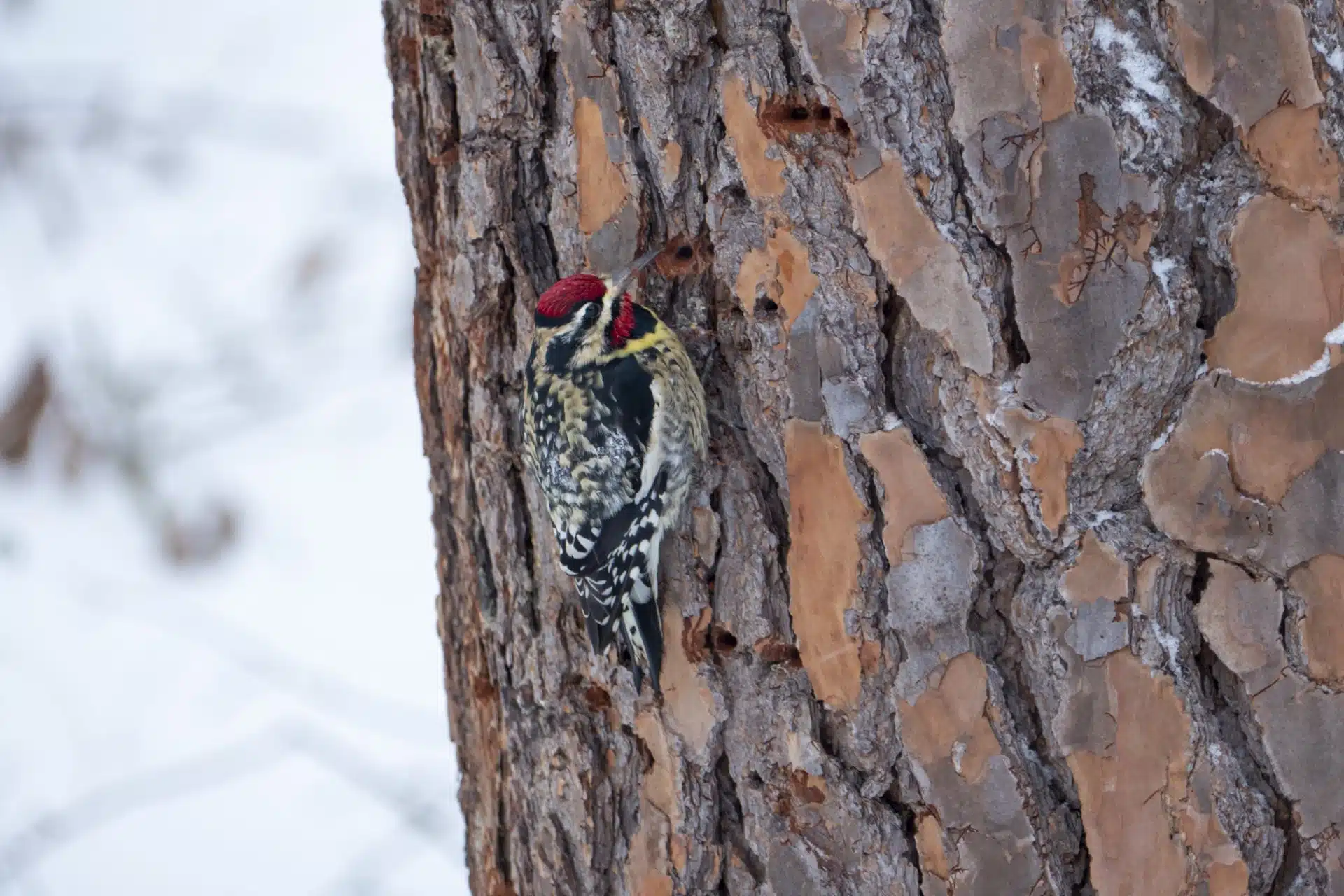Birds
Yellow-bellied Sapsucker
Sphyrapicus varius

Best Location to View: Buckeye Bud Bird Feeding Station, Corning Lake, Helen Layer Rhododendron Garden
Range: Alaska, Canada, Central America, Mexico, North America
Size: Medium
Wingspan: Medium




